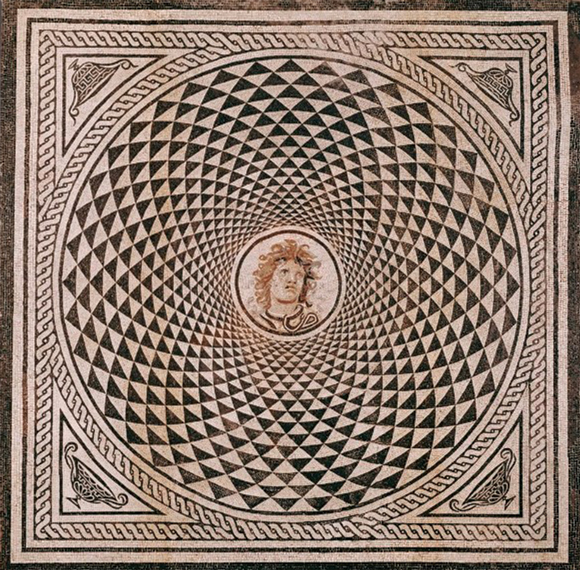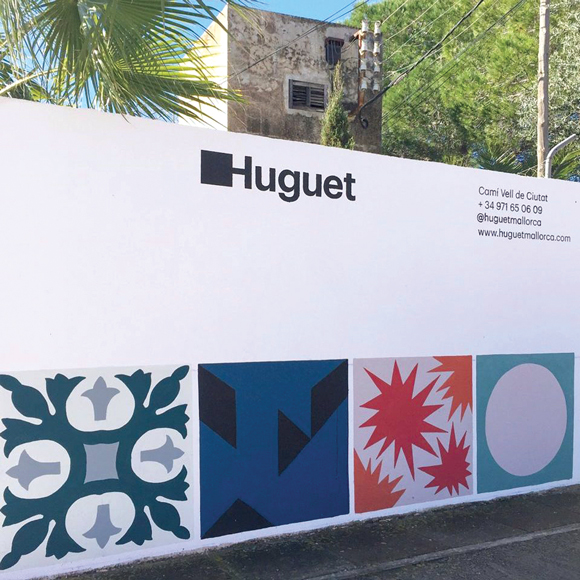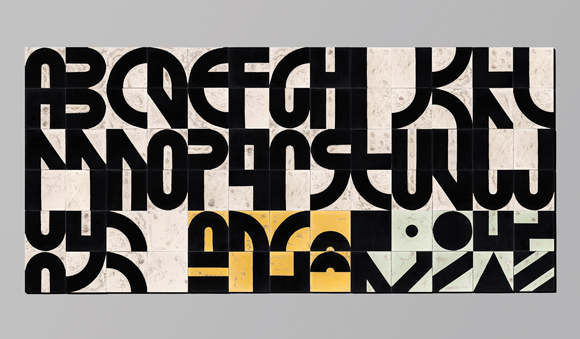4 Making Tiles
In this section you will apply the algorithmic principles you have learned to create tiles and patterns using code.
In the first set of skills, you will learn how to create a single tile and tweak the design to create four individual tiles. In the second set, you will learn to arrange these tiles to create patterns and test them out.
Figure 9 shows the design process that you will be following.
A tile is a shape that can be repeated to form a larger pattern. Think of the tiles in your bathroom. Maybe they are just plain white tiles, but perhaps they have some decorative shapes that create an overall visual pattern. Designing tiles requires thinking in a modular way. You need to focus on an individual tile while also thinking about how multiple tiles will look next to each other (Figure 10).
In this introduction, you will learn about the historical and contemporary context of tile and pattern design. Don’t worry, in this course you won’t have to make anything as complex as these examples.
Tiles and mosaics are some of the oldest pieces of design, originating from ancient Babylon and Rome, and were used in many contexts, such as public outdoor spaces as well as private indoor dining areas. Mosaics are made by arranging coloured pieces of stone or glass to form patterns. Tiles and mosaics take many different shapes and forms but often include geometric patterns that repeat like an algorithm. It is fun to think about how you might recreate the black-and-white triangle pattern in Figure 11 using code.

Contemporary tile design
People are still creating new tile designs today. Huguet is a family-owned Spanish tile manufacturer which has been making encaustic cement tiles since 1933. Their tiles integrate traditional tile-making techniques with creative designs by contemporary architects and designers from around the world.
The typeface tiles in the following image were crafted through a collaboration with the designer, Sascha Lobe, drawing inspiration from the modular typeface ‘Le Corbusier’. This design facilitates the rearrangement of tiles to form new words by aligning the tiles to create various letter shapes.



